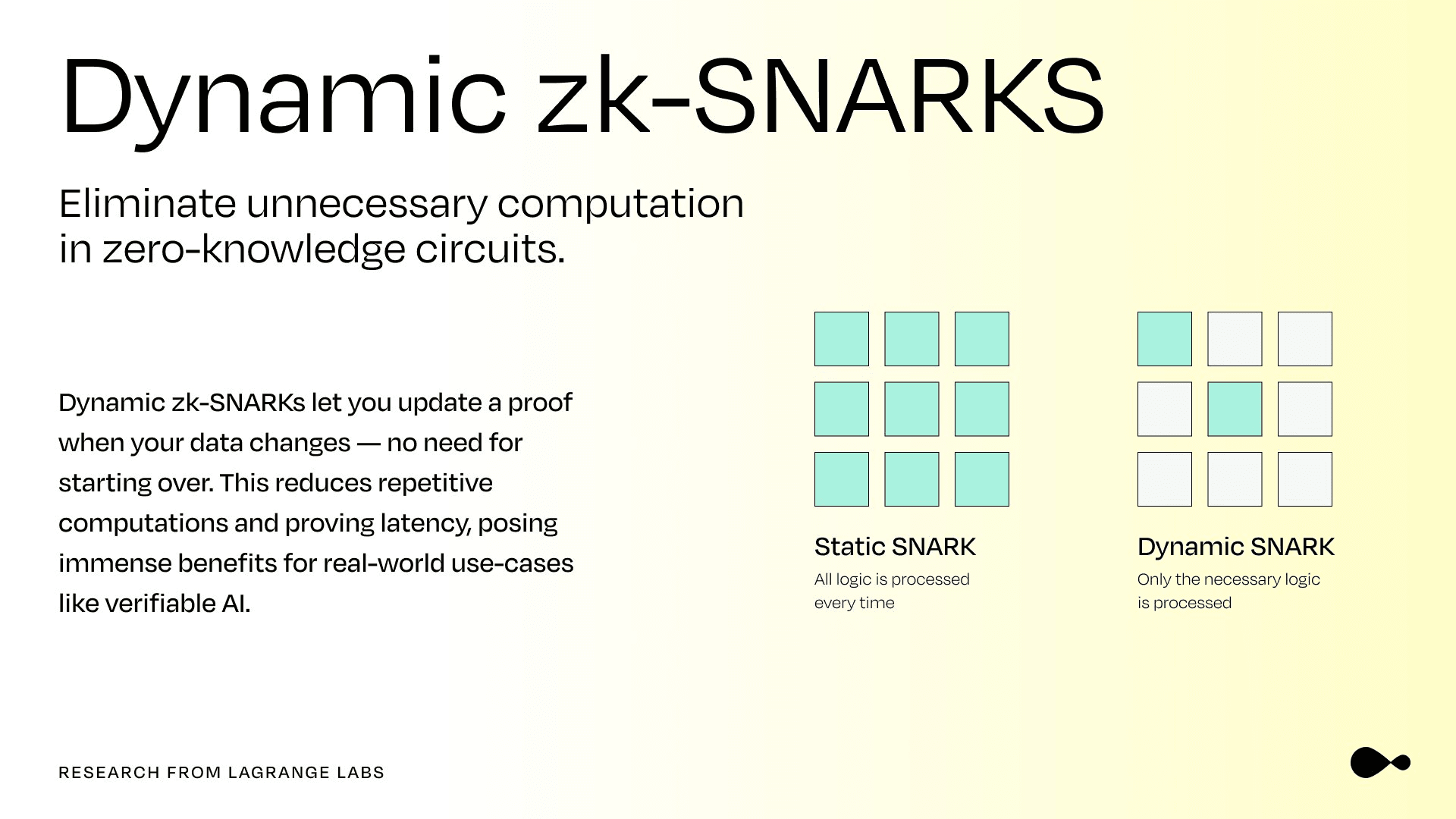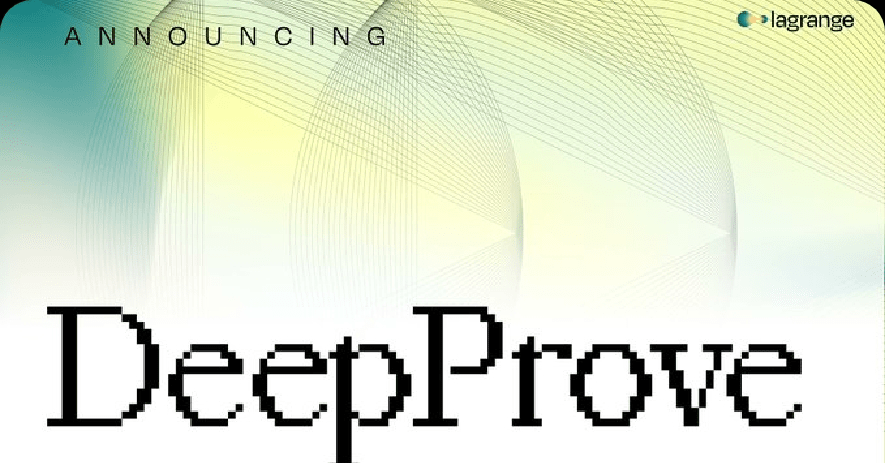In the current iteration of digital technology, the Lagrange ZK Prover network, with its unique technical architecture and application value, has become a key force in reshaping the industry trust ecosystem and breaking through efficiency bottlenecks, deeply influencing the development trajectory of the two core fields of blockchain and AI.
1. In the blockchain field: Breaking the balance dilemma between scalability and decentralization.
The scalability and decentralization of blockchain have long faced the contradiction of 'you can't have your cake and eat it too'. Traditional blockchain verification mechanisms, such as verification networks relying on a single gateway, sacrifice decentralization due to centralized architecture when processing large-scale transactions, or fall into scalability dilemmas due to performance bottlenecks. The modular subnet design of the Lagrange ZK Prover network provides a breakthrough approach to this problem.
The constructed architecture of 'the verifier network of verifier networks' allows multiple independent sub-networks to operate in parallel, with each subnet possessing dedicated bandwidth and customized verification capabilities. Taking the ZK rollups scenario as an example, when on-chain transactions surge, traditional centralized provers may cause verification stalls due to single points of failure, while the Lagrange network distributes computational pressure across 85+ top operator nodes in EigenLayer, ensuring decentralized characteristics while linearly improving transaction verification efficiency. This architecture acts like a 'resilient expansion skeleton' for blockchain, allowing public chains to support more users and businesses, and Layer 2 solutions to break the verification efficiency ceiling, pushing blockchain from 'experimental technology' to 'large-scale commercial application'.
2. Trustworthiness of AI: Strengthening the dual defense of model inference and data privacy.
The deep penetration of AI technology in fields such as healthcare and finance has made 'reliable results' and 'privacy protection' rigid demands. The zero-knowledge proof technology of the Lagrange ZK Prover network provides crucial support for the trustworthiness of AI. Taking medical AI diagnosis as an example, model inference requires calling sensitive patient data; traditional verification methods either expose data privacy or fail to effectively validate inference logic. The Lagrange's DeepProve framework, utilizing zero-knowledge proof, can verify the inference process in an encrypted state—proving that the model processes data and outputs results according to compliant logic without leaking patient medical records, model parameters, and other information.

This technological breakthrough makes it possible for AI applications to land in highly sensitive scenarios. Intelligent investment advisory and risk control models in the financial sector can also be verified through this network, allowing financial institutions to confirm the reliability of models while ensuring the security of user asset data. From a technical implementation perspective, its support for multiple proof system adaptability allows different AI models (such as medical diagnosis models and financial prediction models trained on different frameworks) to find matching verification solutions, balancing flexibility and professionalism, promoting AI from 'black box decision-making' to 'transparent and trustworthy'.
3. Dissecting technological advantages: Synergistic optimization of efficiency, cost, and usability.
The Lagrange ZK Prover network can break through the industry due to the synergy of its technological advantages. In terms of efficiency, the distributed network architecture combined with bare metal instance deployment allows verification tasks to flow efficiently, avoiding congestion and delays of centralized networks; in terms of cost control, the dual approach of economies of scale and the DARA mechanism allows reasonable allocation of operator resources, reducing overall verification costs, making it affordable for small and medium-sized projects; in terms of usability, a unified and simplified development interface abstracts the complex details of distributed verification, enabling developers to quickly integrate verification functions without delving into underlying logic, accelerating the process of technology implementation.
4. Reshaping the industry ecosystem: From technical tools to 'trust infrastructure'.
From a more macro perspective on the industry ecosystem, the Lagrange ZK Prover network is upgrading from 'technical tools' to 'trust infrastructure'. Blockchain projects leverage it to build a more robust trust system, attracting more traditional enterprises to 'go on-chain'; AI developers rely on it to break through scene limitations and explore greater commercial value of AI. In the future, as the network becomes compatible with more heterogeneous systems and responds to new proof demands, it may become the 'trust connector' of the digital economy, linking technologies such as blockchain, AI, and the Internet of Things, significantly reducing the trust costs of cross-domain collaboration.
When IoT devices need to verify identity and data integrity, and when cross-chain operations need to confirm the compliance of asset transfers, the Lagrange ZK Prover network can provide underlying verification support. The construction of this 'universal trust layer' will inject more lasting vitality and innovation into the digital economy ecosystem, driving the industry to evolve deeply towards greater efficiency and trustworthiness. It is foreseeable that this technological innovation will not only rewrite the current industry rules but will also lay the foundation for the trust paradigm of the future digital world, becoming a core driving force in the wave of technological change.

